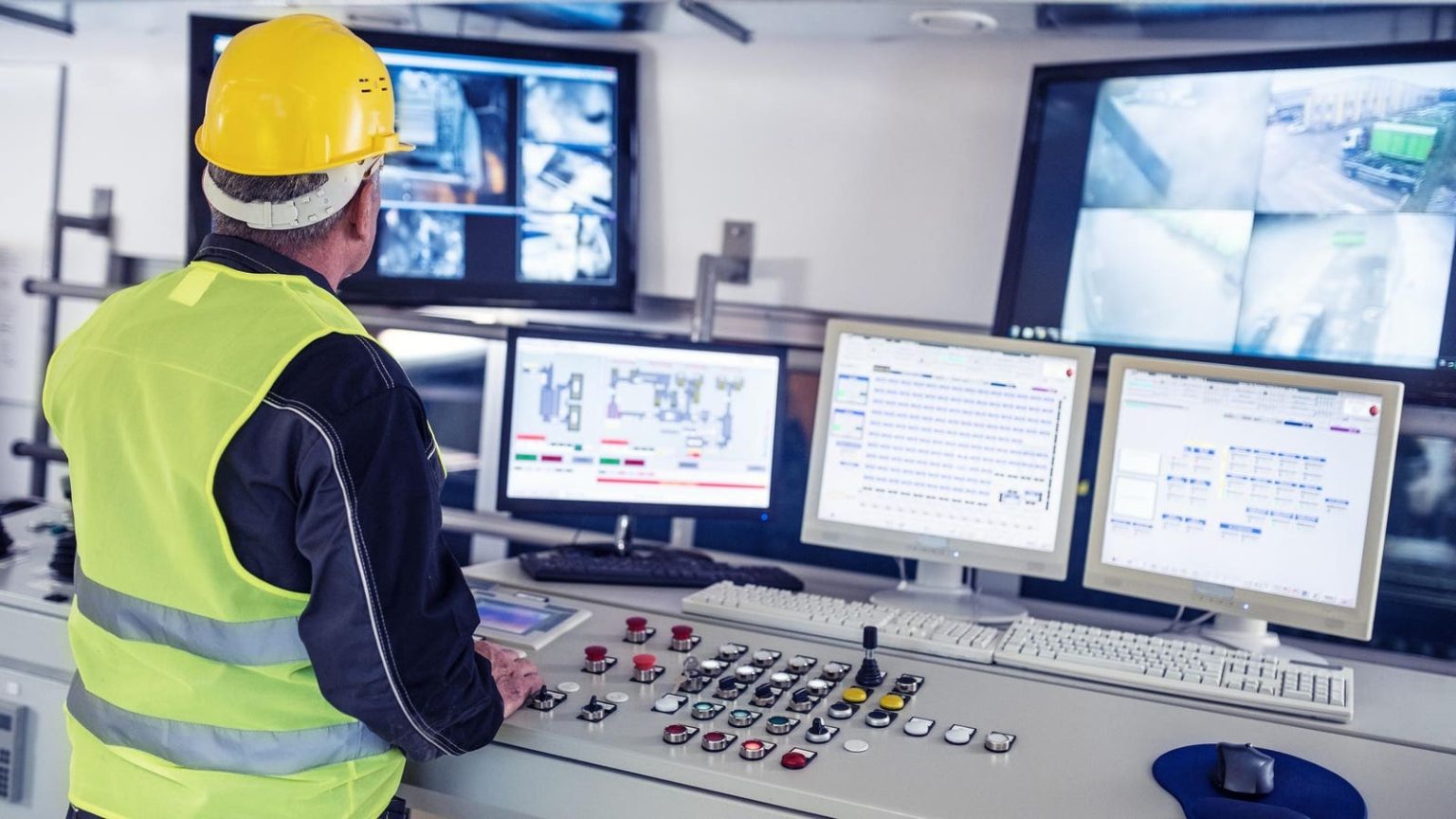From pandemics to military conflicts, natural disasters to climate change, the world will likely face a more regular stream of crises in the future. The ability to surge industrial manufacturing output has become vital to national security and prosperity — and many countries, including the US, are off pace.
And this change in momentum can be traced back to as early as the 1990’s. Before this time, the Department of Defence (DoD) played a more active role in incubating manufacturing ideas and innovations, igniting and rolling down to the commercial sector and giving the US significant pace and scalability.
However, manufacturing capabilities consolidated in the early 90s, and there was an ongoing shift towards offshoring. This trend is now beginning to reverse due to the supply chain challenges. Yet, after more than two decades of decline, there remains a distinct lack of scalable production capability and capacity.
Today, the (DoD) is no longer driving innovation; the commercial sector is. This means the sharing of product innovations and operational expertise is far less common, further limiting the industry’s collective ability to surge output when required.
Mission critical
Submarines are a good case in point. The US Navy’s aspiration is to have a fleet of 66 fast attack submarines, but right now, the Navy has 49 nuclear-powered attack submarines (SSNs) and of those around 30% are not deployable because they are waiting on depot maintenance. The Navy needs to make two SSNs and one nuclear-powered ballistic missile submarine (SSBN) to keep its force at the prescribed numbers. Due to worker shortages and supply chain issues, nearly 40% of US fast attack submarines are in repair or awaiting maintenance instead of being mission ready.
This is just one example of the real, near-term need to unlock output across the industrial or manufacturing supporting the submarine industrial base. And positively, the government has developed a six-point plan to do so. The plan’s areas of focus are:
- Workforce development — hiring, training and developing talent to work on the shipyards and within the supply chain to increase capacity.
- Supplier development — expanding and invigorating the supplier network to enhance output and bolster resilience.
- Shipyard infrastructure — accelerating investments in the industry’s footprint, machinery and production capabilities to accommodate heightened demand
- Strategic sourcing — shifting non-core workloads, such as scraping ships that are decommissioned away from overwhelmed shipbuilding facilities to other industrial manufacturers.
- Improved processes — streamlining government processes around construction and workforce development, simplifying the pathway to achieving approval.
- Leveraging technology — harnessing technological innovations, digital twins, advanced manufacturing and other industry 4.0 technologies for production, to drive innovation, productivity and efficiency.
All will play a vital part in addressing the industrial base’s challenges. But for John Polowczyk, Managing Director at Ernst & Young LLP and a former Navy rear admiral and White House supply chain lead, the most critical area is supplier development. “To improve our surge capabilities, we have to increase efficiency and productivity among existing manufacturers and get new players into the market,” says Polowczyk.
Powerful partnerships
Doing so also relies on strong action in two of the government’s other focus areas: better processes; and smarter technologies, with Manufacturing x Digital (MxD) serving as a great example of what’s possible.
As a public-private partnership, it allows the DoD and more than 300 commercial companies to share knowledge, expertise and innovations around everything from technology and cybersecurity to workforce management. The aim is to make it easier for members to increase their productivity while strengthening the US industrial base. There’s even a facility in Chicago where manufacturers can experience the capabilities of industry peers and technology providers and learn how to apply them to their own businesses.
MxD’s success in fostering collaboration and shared progress should be built upon. “We have to reverse engineer what happened in the World War II era,” says Polowczyk. “We need industrial manufacturers to work together to drive innovations and leverage production capacity for the good of the industry and the country.”
Shared targets
To return to submarines for a moment, many experts suggest the future protection of the US will rely on its undersea capability — i.e., the ability to produce new vessels and maintain existing ones. Yet, right now, other nations are racing ahead. It’s a similar story with the production of planes, naval ships and munitions.
The US therefore finds itself in a situation where the national military strategy ties neatly to the desire for commercial growth in the industrial base supporting defense. Both need a bolstered output level — and a shared objective means a shared opportunity to win.
Seizing this opportunity is a job for the public and private sector, but with commercial enterprises taking the lead. Manufacturing leaders should embrace a mindset of “How can we do this together?”, inspiring each other to become more efficient and productive. Meanwhile, the government must invest in policies and programs that incentivize firms to share leading practices, that support innovation and make it easier for other organizations to contribute during crises.
Polowczyk says, “Our industrial strategy must be built on adding capability and capacity.” It’s time for everyone involved to step up, team up and scale up.
Read the full article here





